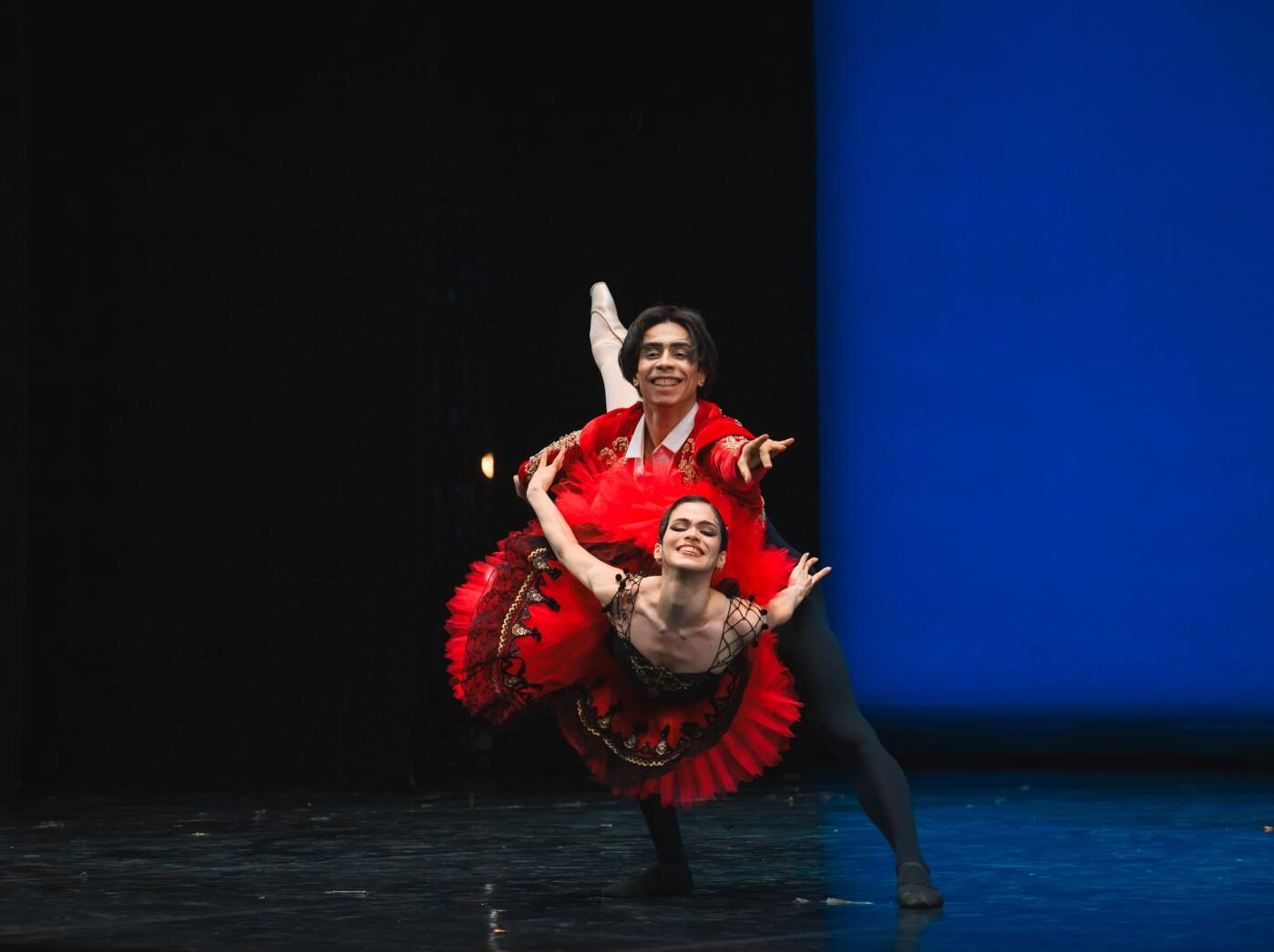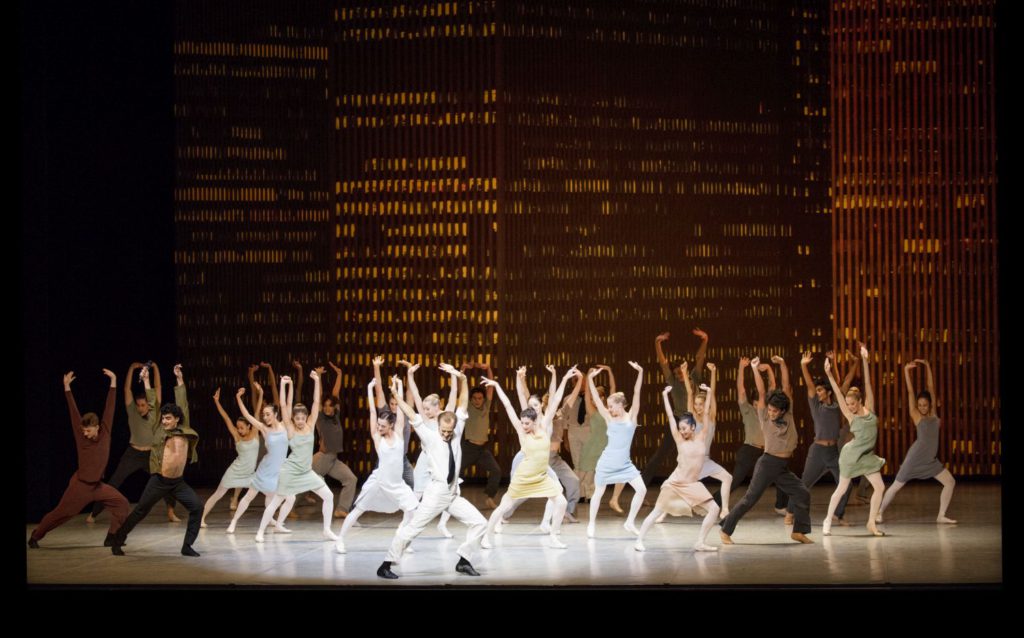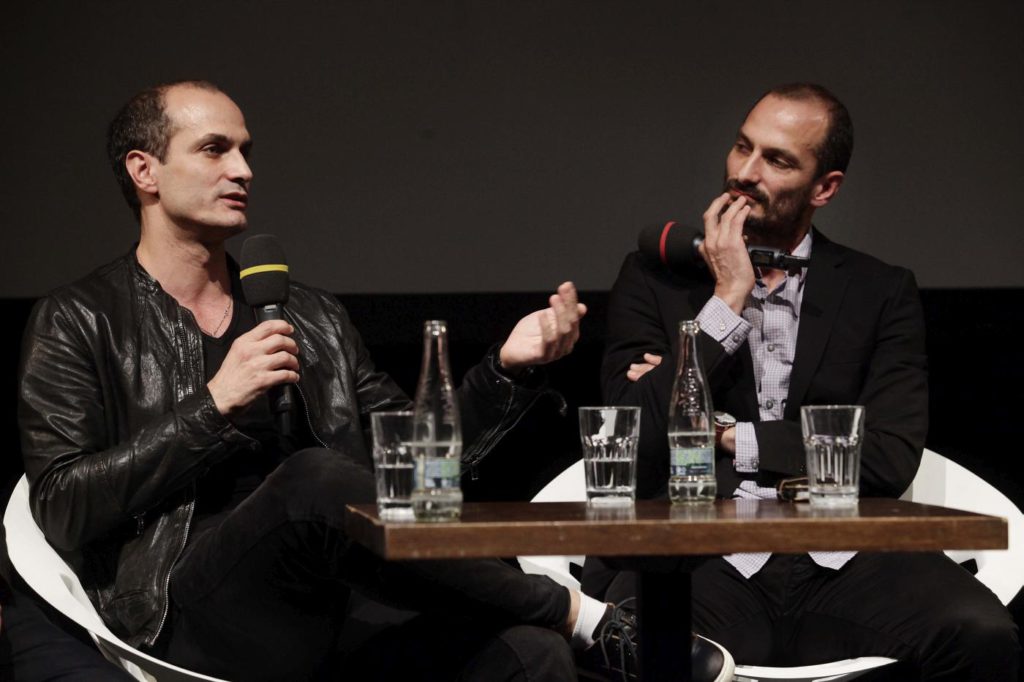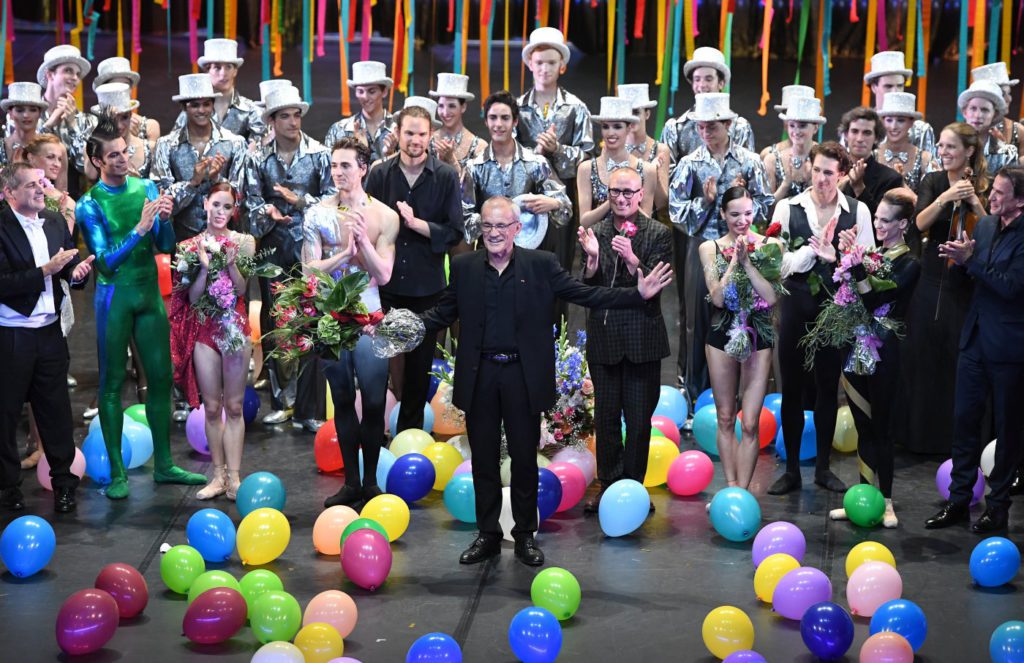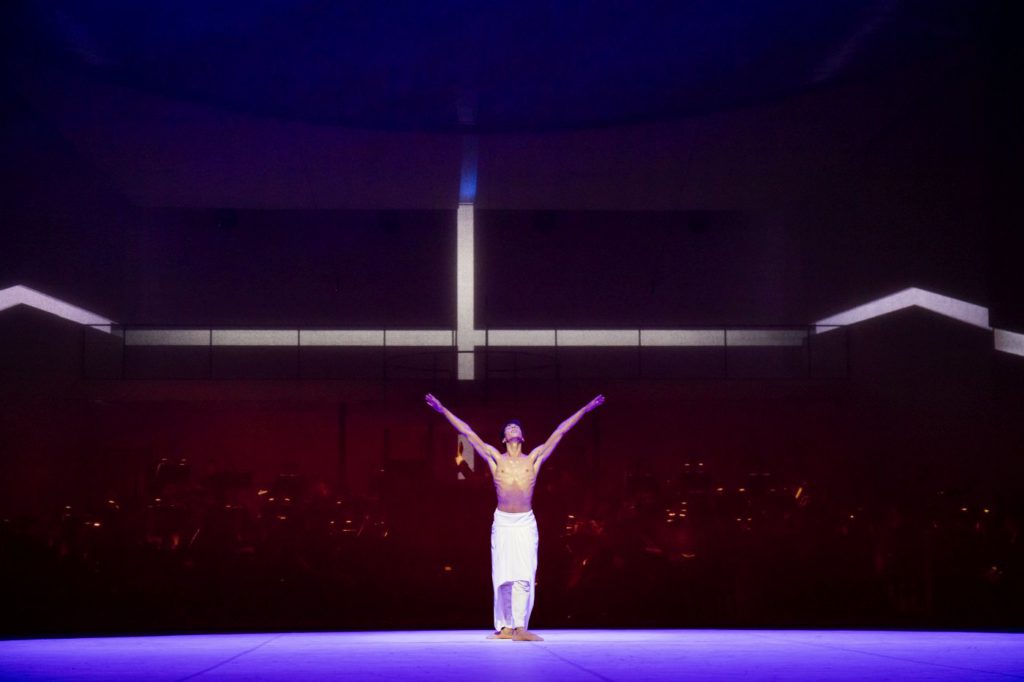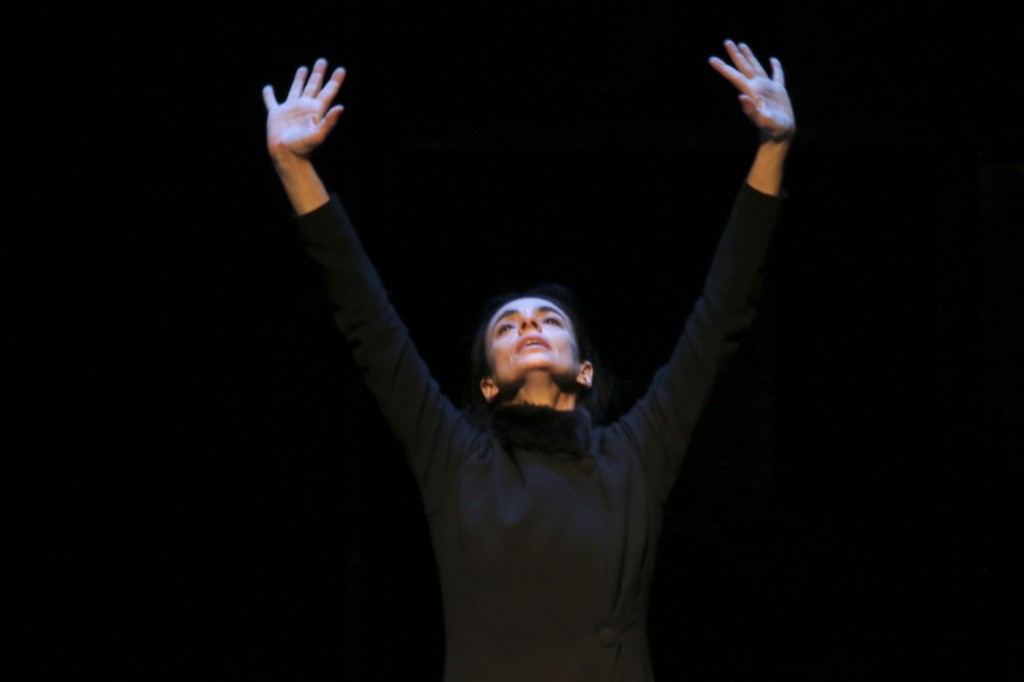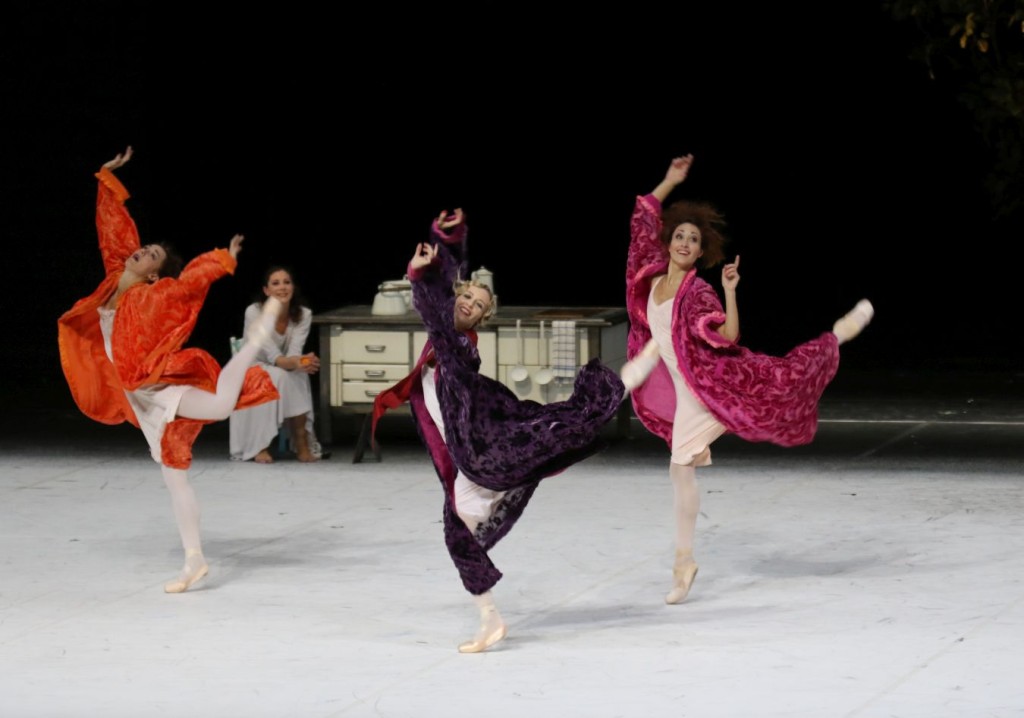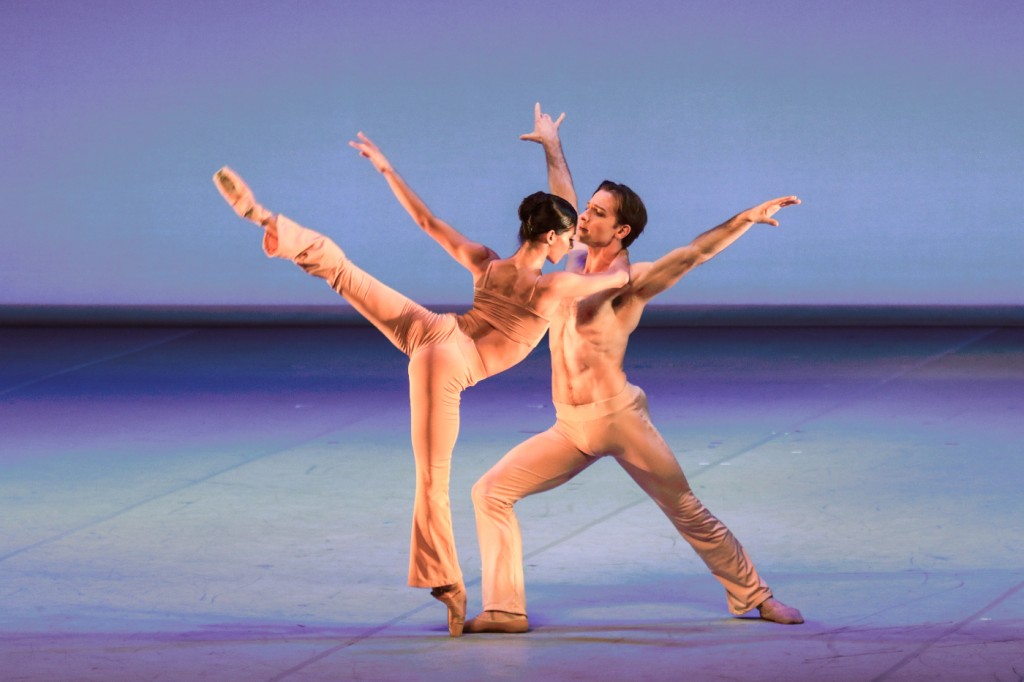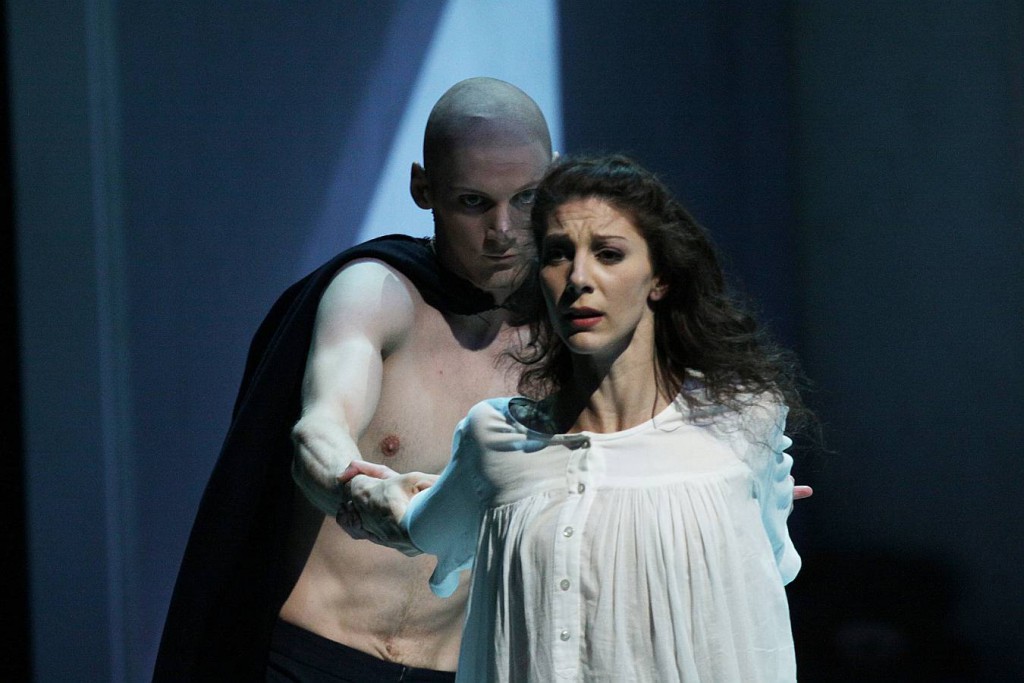“The Nutcracker”
Hamburg Ballet – John Neumeier
Hamburg State Opera
Hamburg, Germany
December 19, 2013
by Ilona Landgraf
Copyright © 2013 by Ilona Landgraf
John Neumeier’s “Nutcracker” is free of any association with Christmas. This Hamburg production, like John Cranko’s earlier version for Stuttgart, converts the winter-holiday fairytale for children into a ballet for all seasons. Substantial content has been added, and watching it becomes a pleasure for adults, too. Christmas or not, this Neumeier has become a much loved classic during Hamburg’s winter season.
As starting point there is the celebration of the 12th birthday of the ballet’s protagonist, Marie. The party is in full swing already when the quirky Drosselmeier arrives. He is ballet master of the court theater where Marie’s older sister, Louise, dances. Drosselmeier’s present to the birthday girl is a pair of pointe shoes, which fuel her dreams of dancing as beautifully as Louise. Another present, a wooden Nutcracker who becomes Marie’s companion throughout the rest of the story, is given to her by the smart cadet, Günther. Needless to say, he becomes the young girl’s infatuation. When all the party guests have departed, Marie returns to the parlor to take another look at her Nutcracker and falls asleep. She dreams that Drosselmeier introduces her into the court theater, showing her rehearsals for a ballet and for various divertissements. Marie, fascinated, becomes involved and even dances a pas de deux on pointe with Günther. There’s a grand climax but then, woken by her mother, Marie finds herself back in the parlor.
(more…)
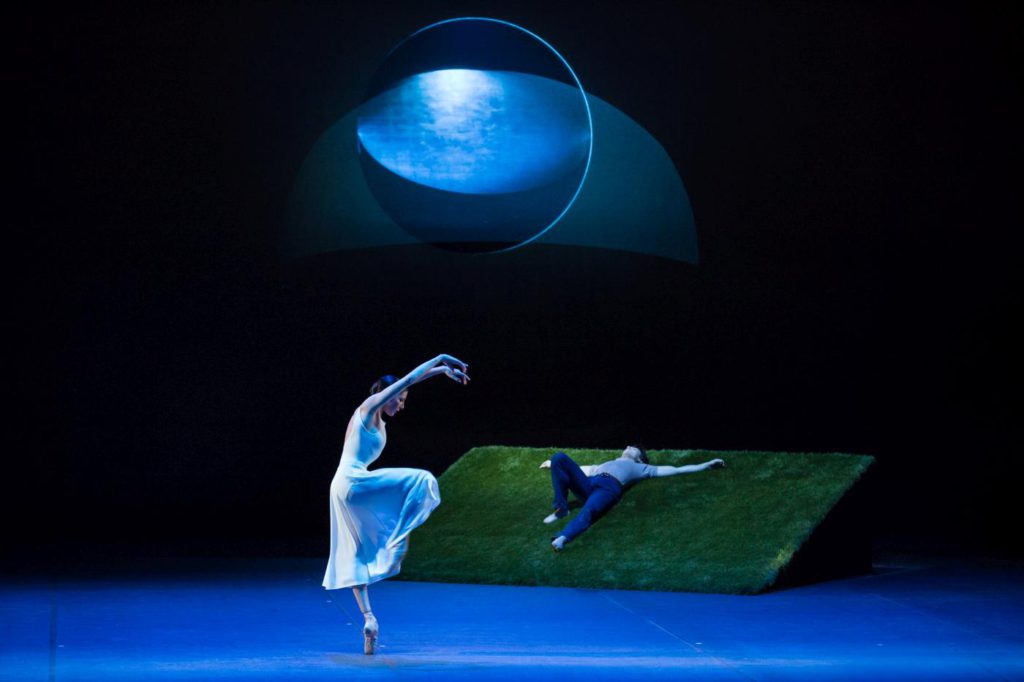 While the Nutcracker-season is in full swing elsewhere, some ballet stages in German-speaking countries bring up serious and even fierce topics during Christmas time. Just recently, Christian Spuck premiered “Messa da Requiem”, his new creation for Zurich Ballet; the Bavarian State Ballet is in its final rehearsals for “Spartacus” awaiting Yuri Grigorovich’s finishing touch. In Hamburg, John Neumeier added another ballet, his fifteenth, to his encyclopedic collection of choreographies to music by Gustav Mahler. (more…)
While the Nutcracker-season is in full swing elsewhere, some ballet stages in German-speaking countries bring up serious and even fierce topics during Christmas time. Just recently, Christian Spuck premiered “Messa da Requiem”, his new creation for Zurich Ballet; the Bavarian State Ballet is in its final rehearsals for “Spartacus” awaiting Yuri Grigorovich’s finishing touch. In Hamburg, John Neumeier added another ballet, his fifteenth, to his encyclopedic collection of choreographies to music by Gustav Mahler. (more…)